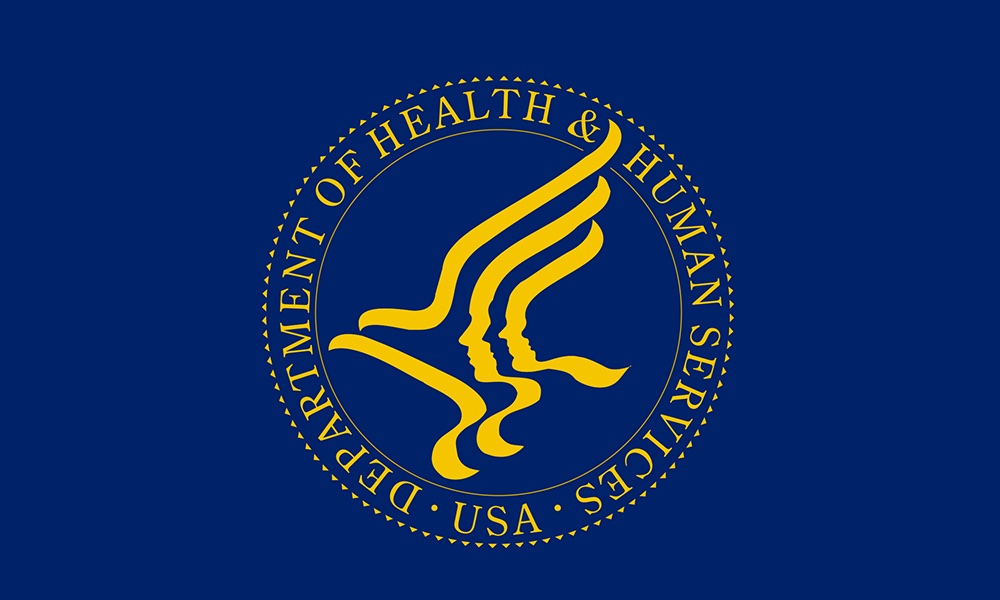Mothers worried about protecting their newborns from infections should consider breastfeeding — or at least supplementing formula with breast milk. Babies generally have no viruses at birth, but by the time they reach four months of age, the population of viruses and bacteria in their guts grows.
This viral load can put an infant at risk for illness and intestinal issues. The numbers of viruses that make up the virome, part of the microbiome, can reach a billion per gram of gut contents in some infants, according to a study by researchers at the University of Pennsylvania School of Medicine.Breast milk influences the development of infants' gut microbiota in a good way, reducing viral accumulations.
Luckily, breast milk seems to protect babies' gastrointestinal systems from potentially dangerous viruses, even when it is fed as a supplement to formula. Breast milk influences the development of infants' gut microbiota in a good way, they found, reducing viral accumulations.
Researchers examined the numbers and types of viruses in the first stool and subsequent stools of hundreds of newborns, both in the United States and Botswana, using genomic sequencing. Babies had little or no viral load upon birth, but that picture changed within a month when viruses that can replicate in human cells and potentially make humans sick began to appear. They were far more prominent among infants who were not breastfed.
Similar results were seen for infants from the U.S. and Botswana, though a newborn's home country did affect the prevalence of viral infections. Babies from Botswana were more likely to have potentially harmful viruses in their stools at four months than babies from the U.S.
“Location of the mom and baby seems to play a role, probably due to the kind and number of microorganisms babies are exposed to environmentally,” added first author, Guanxiang Liang, a postdoctoral researcher in the department at Microbiology. “Nevertheless, Botswana-born babies still seemed to benefit from breastfeeding, whether exclusively or in addition to formula consumption.”
The study is published in Nature.





